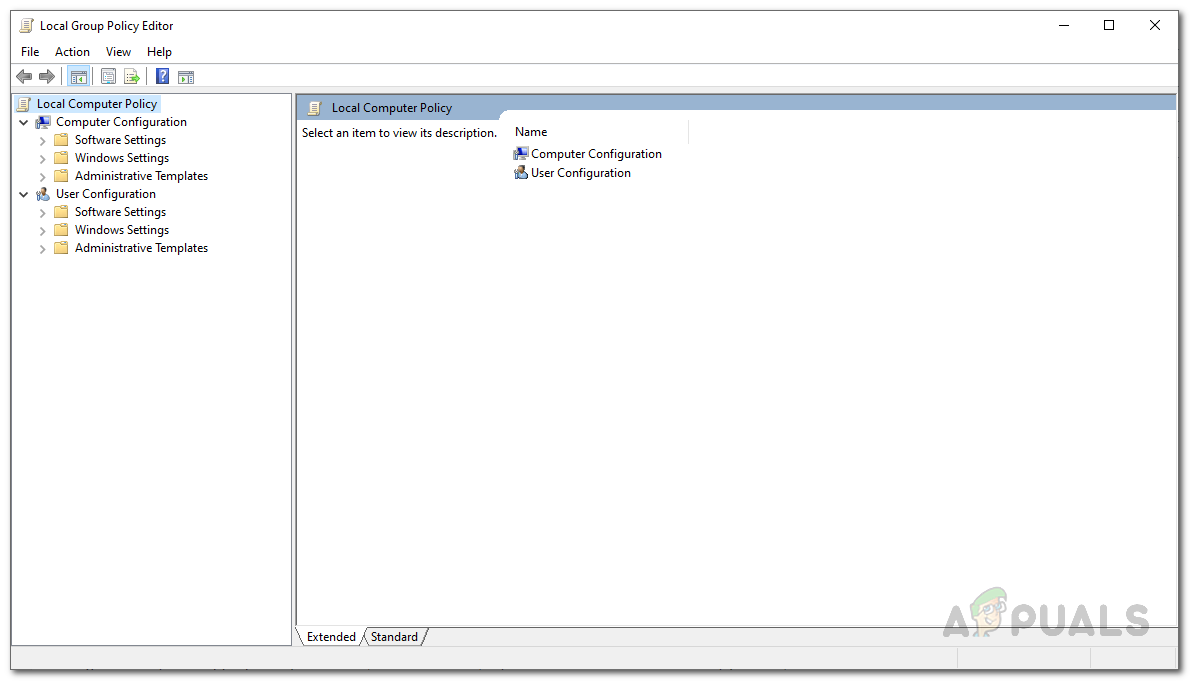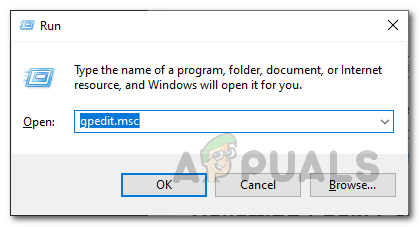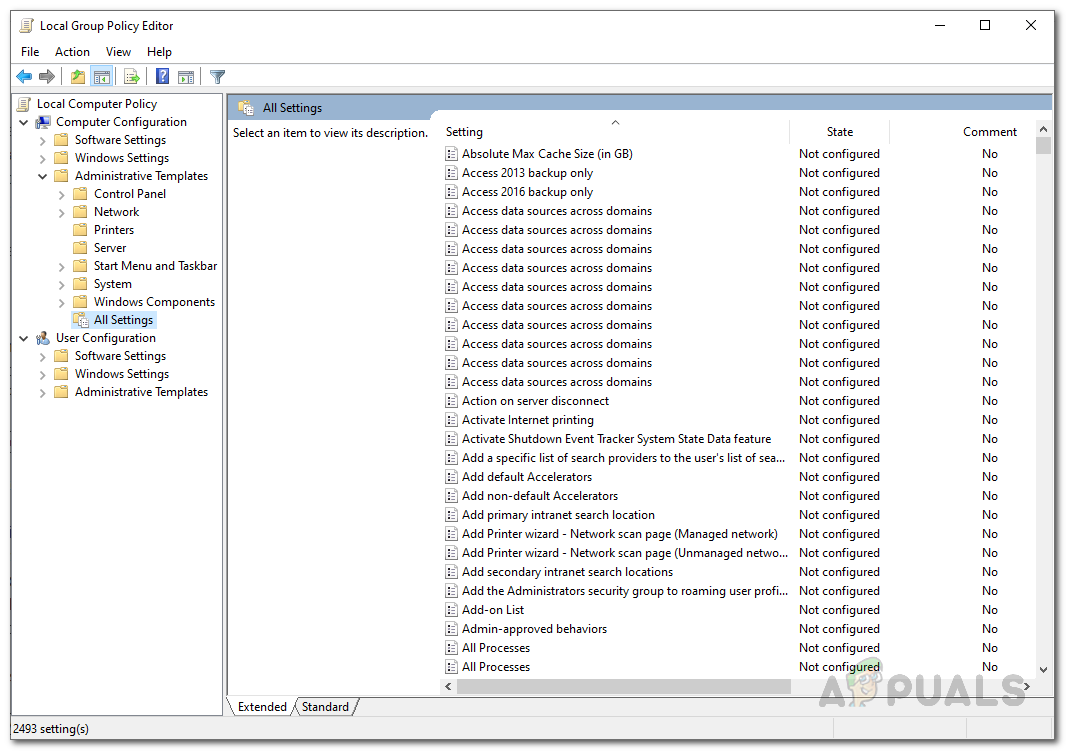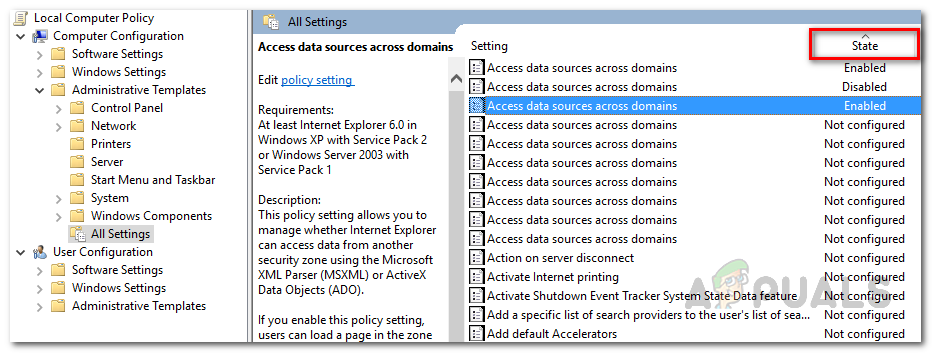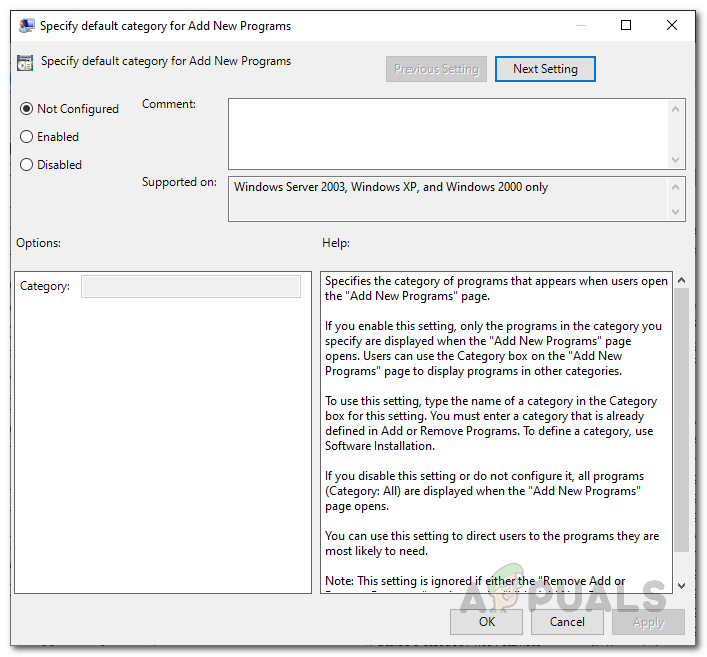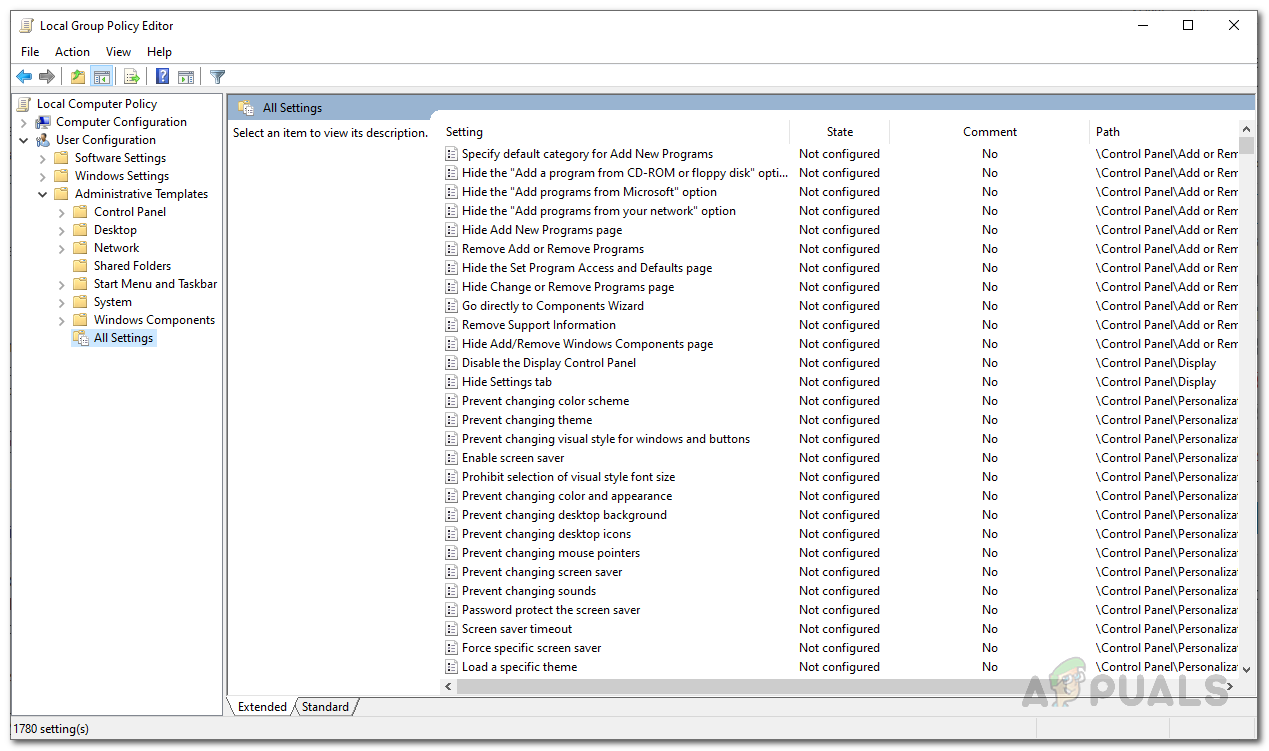It is for this purpose that the Local Group Policy Editor exists. It is basically a Microsoft Management Console, also known as MMC, that enables users to manage the configurations of the whole system. Group Policy Editor allows for two types of configuration, Computer Configuration and User Configuration. To give you a brief insight on these; Computer Configuration enables administrators to set different policies that are applied to the computer itself regardless of the user using the system. This can be really beneficial in institutions like Education and more. The second type of configuration that is User Configurations allows admins to set different policies that are applied to the users of the computer regardless of the PC that they are on, like in a network. It often happens that system admins make changes to various policies found in the editor which helps them to configure the system appropriately. However, in some cases, if you mess around with too many policies, it can trigger unwanted system behavior and if you aren’t keeping track, you won’t be able to pinpoint the cause of the issue. Therefore, in such scenarios, you’ll have to reset the group policies to their default values. In this guide, we will be taking you through the process of resetting the policies to their default values via two different ways.
Resetting Local Group Policy Settings
Now, by default, the state of every policy in the editor is “Not Configured“. As you go along and edit different policies, their state is changed from “Not Configured” to “Enabled” or “Disabled”. Because of this change, the policies that have been changed can be easily tracked. You will simply have to sort the policies by the State column and that will enable you to see all the policies that you have changed. This way is especially helpful if you want to change some policies to their default behavior and not all of them. You can do the latter as well, however, we have a much easier way of doing that down in the guide. Follow the instructions down below to reset the values:
Resetting Local Group Policy Settings using Command Prompt
Another way of resetting the policies is through the command prompt. With the help of the command prompt, we can reset all of the policies at the same time so you don’t have to go through the trouble of modifying each modified policy again. This will require the use of an elevated command prompt, however. To do this, follow the instructions given down below: After your computer reboots, all of the policies will be back to their default values.
How to Open Local Group Policy Editor on Windows 10FIX: WindowsStore.admx Error in Local Group Policy EditorFix: Windows Defender Blocked by Group Policy Error 0x800704ecHow to Fix Windows Defender Error ‘This app is turned off by group policy’
